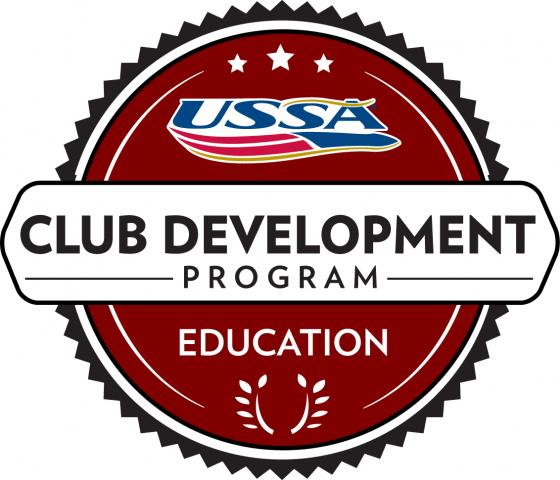Best Practices for Staff Evaluations
Best Practices for Staff Evaluation
The head coach or program director should try to spend at least part of a day each season observing each coach on staff and offering feedback. Clubs should have an annual evaluation process to review staff performance against individual job descriptions and goals. Parent feedback should be collected and shared as part of the review process. A written annual performance review should be conducted at the end of the season. It is best discussed in person with signatures collected and the review filed in the employee’s record.
It is also a good practice to couple this process with each employee submitting a statement of desired outcomes to their supervisor at the beginning of the season or year and then a self-evaluation of those goals at the end of the season or year (a midway check may also be helpful).
The guidelines below are for a comprehensive, well-developed and well-established process. Many clubs may need to take a step-by-step approach in implementing such a process over the course of several years.
Evaluation Process
Step 1: Review Job or Position Description as a basis for evaluation
In order to do a thorough evaluation of performance the duties, expectations, scope and scale of the position must first be clearly defined. If there is an existing job or position description the evaluation process should start with a review of this. Is it accurate? Is it thorough? Does it indicate levels of focus, or percentages of time devoted to different responsibilities? Is it coordinated with other positions on the employee team? Is it reasonable and achievable? Are the resources and tools available to fulfill the position requirements and expectations? These are all important question to consider on an annual basis, as the position description and expectations is the platform for performance evaluation.
A position description should include:
While not every position (such as an assistant coach) will have all these attributes, this is a productive exercise for all positions. This will increase the clarity of every position in your organization and emphasize the fact that all involved are part of a larger project. Job descriptions that just list duties are not as effective. Also, while compensation for an assistant coach (for instance) may be calculated hourly, this position description will help to communicate some important aspects of being involved with the organization that go above and beyond an hourly job. Even if compensation is calculated hourly, position descriptions create a more professional atmosphere with more clear expectations.
Step 2: Self-evaluation and statement of desired outcomes
The most effective evaluation processes always start with self-evaluation and a statement of desired outcomes. All employees should submit a self-evaluation to their supervisor(s) toward the end of the season, and a statement of desired outcomes should follow shortly thereafter or at the beginning of the following season.
The statement of desired outcomes outlines the employee’s professional, programmatic, organizational and personal goals for the coming year or season. This helps encourage more professional engagement in the process, and develops a culture of accountability and general professionalism. It can be extremely helpful for supervisors to share their own statements and self-evaluations with their staff. Both the self-evaluation and the statement of desired outcomes can use the exact same format as the position description. This facilitates the evaluation process being both “big picture” by incorporating the organizations mission and values, and more specific with regards to particular duties and responsibilities.
Template for self-evaluation and statement of outcomes:
Step 3: Supervisor evaluation
The employee’s supervisor should also draft an evaluation of performance and goal/outcome expectations following the same or similar format. This evaluation should include the solicitation and incorporation of feedback from parents, athletes and other employees, management and leadership.
Step 4: Meet to discuss and compare self-evaluation and supervisor evaluation
The stage has been set for an effective face-to-face evaluation. The position and expectations are clearly defined. The employee has evaluated his or her own performance and projected meaningful goals and the supervisor has done the same including feedback from other constituents.
Some key elements to discuss include: Do the performance reviews and stated goals and outcomes from the employee and supervisor align? Are the stated goals and outcomes in line with the organization’s and/or program’s current strategies and priorities? Are the relative priorities of the position being appropriately balanced? Are there concerns with the position description or expectations from either perspective? Are the position, performance and outcomes coordinated appropriately with other employees, program and organizational structures and priorities, and an atmosphere of teamwork? Are tools, resources and structures in place to ensure productivity and performance?
Step 5: Amend, Finalize and File
There should be an opportunity for the employee and supervisor to make any necessary clarifications and revisions to the final evaluation (typically from the supervisor) such that it is well understood and agreeable to both parties. It should then be finalized, signed and filed in the employees personnel file. This is then the platform for future evaluations – especially a review of the stated goals and outcomes moving forward.
|


